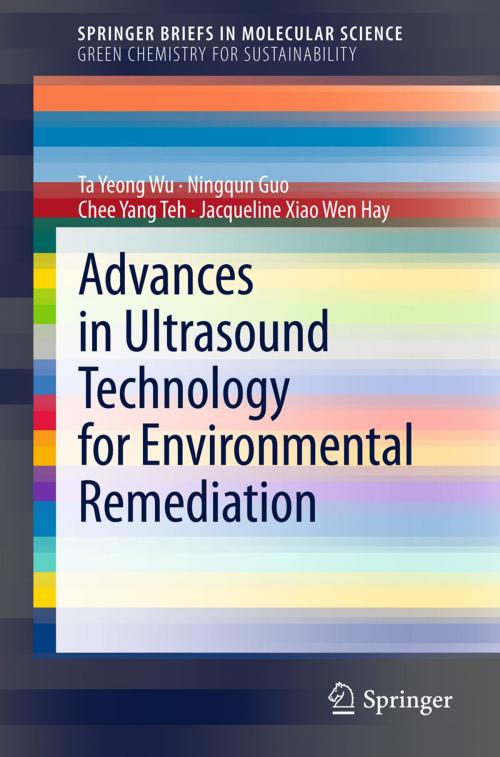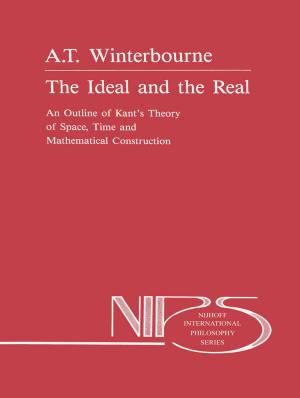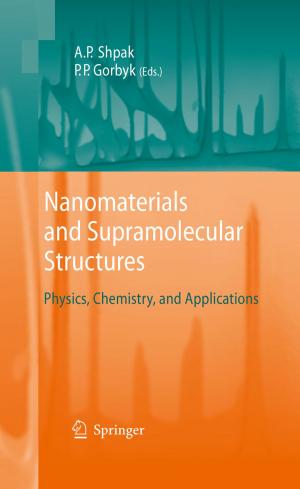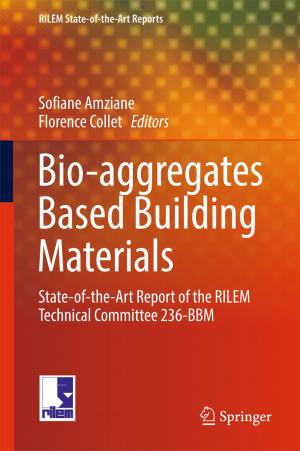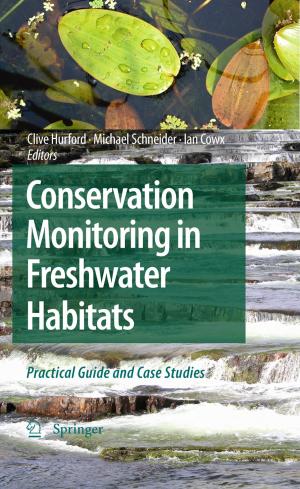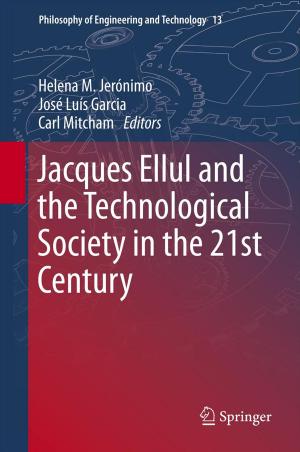Advances in Ultrasound Technology for Environmental Remediation
Nonfiction, Science & Nature, Science, Biological Sciences, Environmental Science, Nature, Environment, Environmental Conservation & Protection| Author: | Chee Yang Teh, Jacqueline Xiao Wen Hay, Ningqun Guo, Ta Yeong Wu | ISBN: | 9789400755338 |
| Publisher: | Springer Netherlands | Publication: | October 20, 2012 |
| Imprint: | Springer | Language: | English |
| Author: | Chee Yang Teh, Jacqueline Xiao Wen Hay, Ningqun Guo, Ta Yeong Wu |
| ISBN: | 9789400755338 |
| Publisher: | Springer Netherlands |
| Publication: | October 20, 2012 |
| Imprint: | Springer |
| Language: | English |
Over the past ten years, innovative technologies have shown that advanced oxidation processes are highly promising when applied to the remediation of polluted water or wastewater as they don’t generate any sludge or solid material of hazardous nature.
Advances in Ultrasound Technology for Environmental Remediation reviews the fundamentals of ultrasound technology and the state of the art developments in “ultrasound-based free radical generation” in environmental remediation and pollution prevention. It also presents the challenges of introducing ultrasound technology into large-scale environmental remediation applications and examines the methods used to improve ultrasound technology. Indeed, ultrasonic systems are extremely sensitive and vulnerable to operational parameters which cannot be controlled without a good knowledge and understanding of physical and chemical phenomena.
Advances in Ultrasound Technology for Environmental Remediation features the theory and fundamentals of ultrasound technology and discusses its potential as an alternative method in environmental remediation.
Over the past ten years, innovative technologies have shown that advanced oxidation processes are highly promising when applied to the remediation of polluted water or wastewater as they don’t generate any sludge or solid material of hazardous nature.
Advances in Ultrasound Technology for Environmental Remediation reviews the fundamentals of ultrasound technology and the state of the art developments in “ultrasound-based free radical generation” in environmental remediation and pollution prevention. It also presents the challenges of introducing ultrasound technology into large-scale environmental remediation applications and examines the methods used to improve ultrasound technology. Indeed, ultrasonic systems are extremely sensitive and vulnerable to operational parameters which cannot be controlled without a good knowledge and understanding of physical and chemical phenomena.
Advances in Ultrasound Technology for Environmental Remediation features the theory and fundamentals of ultrasound technology and discusses its potential as an alternative method in environmental remediation.
